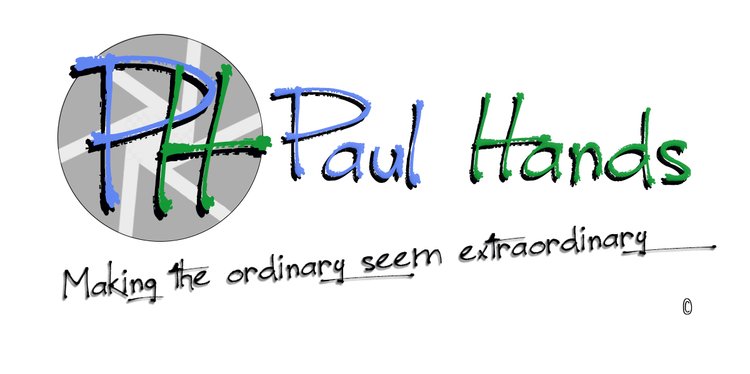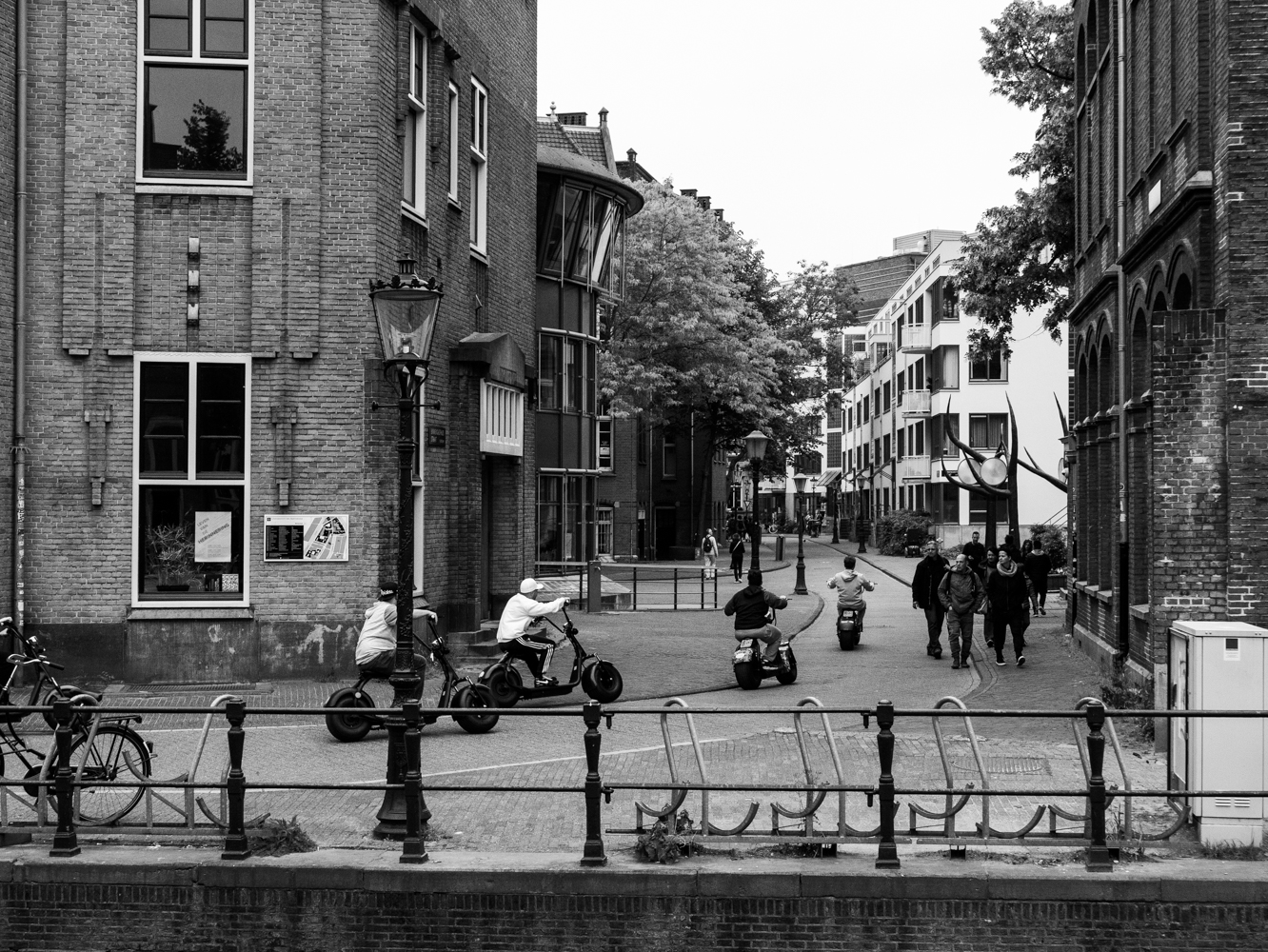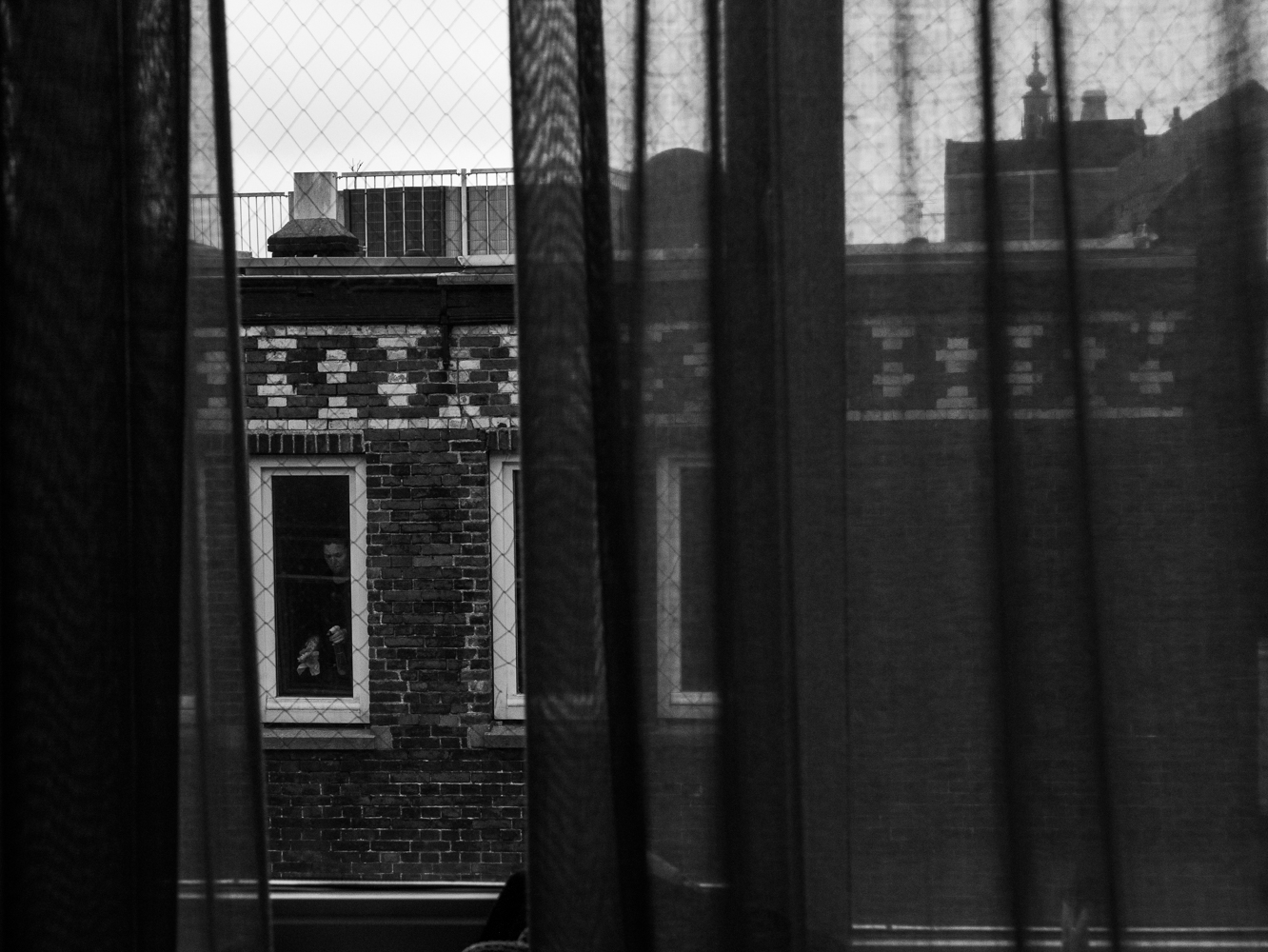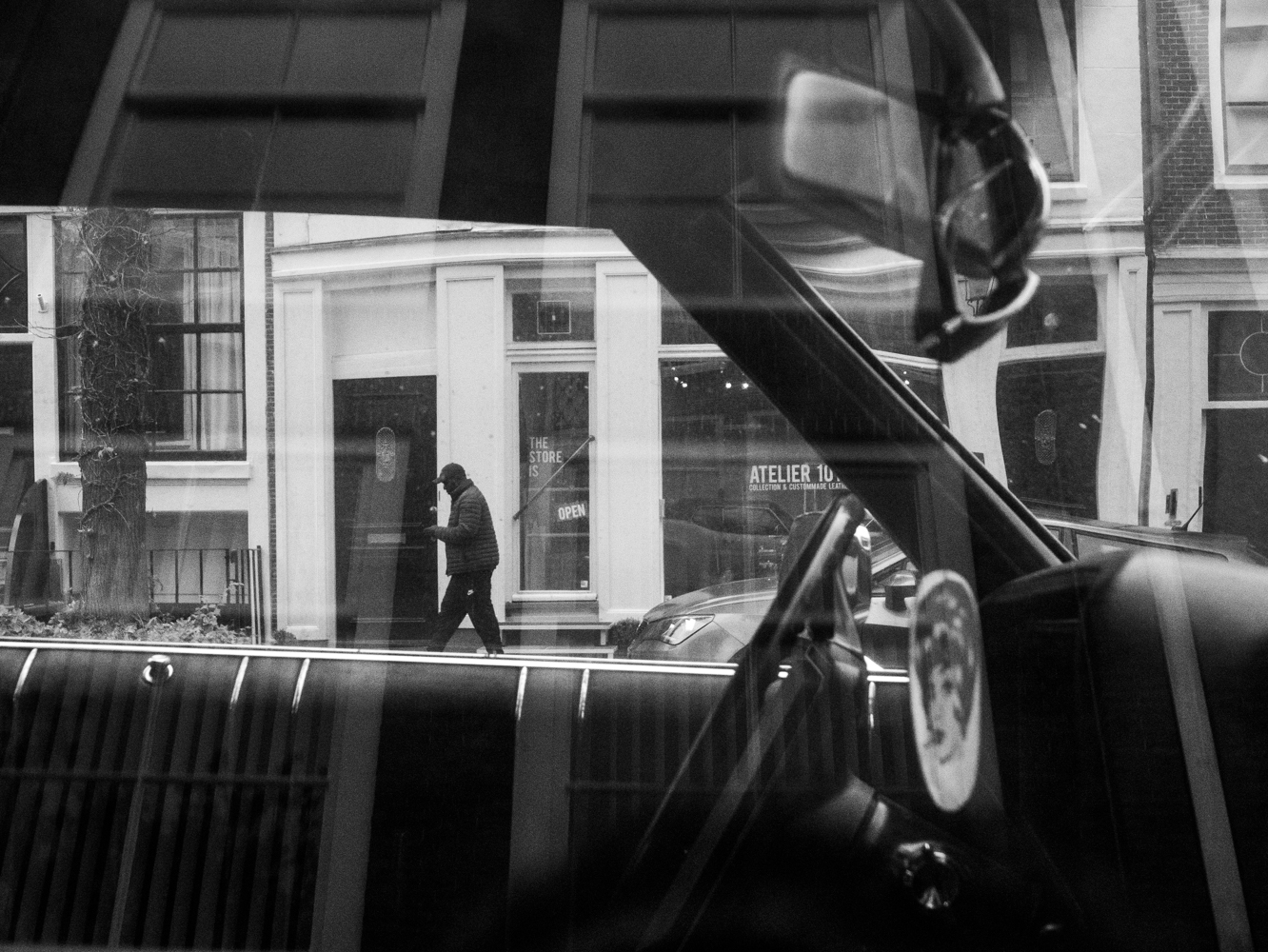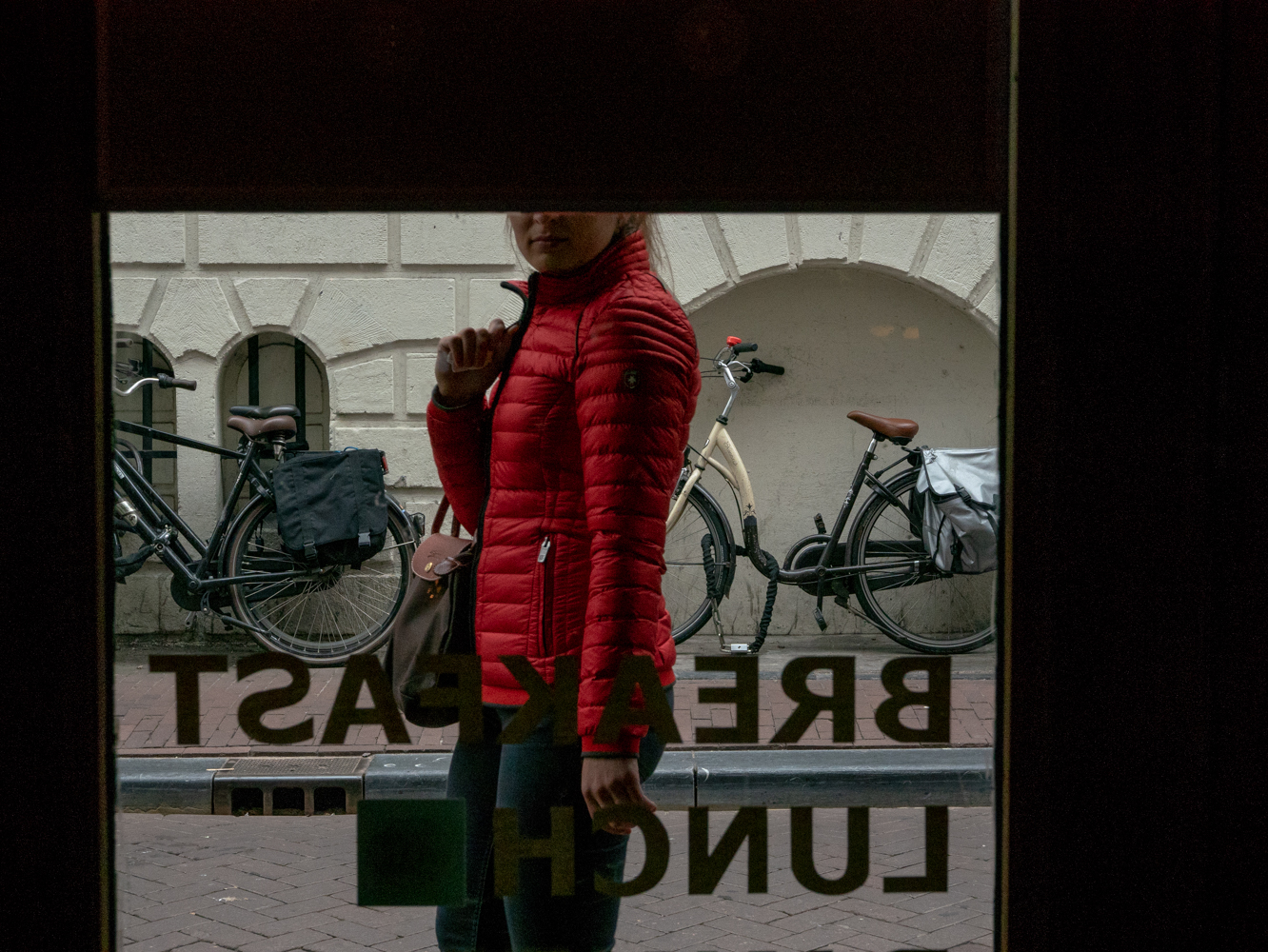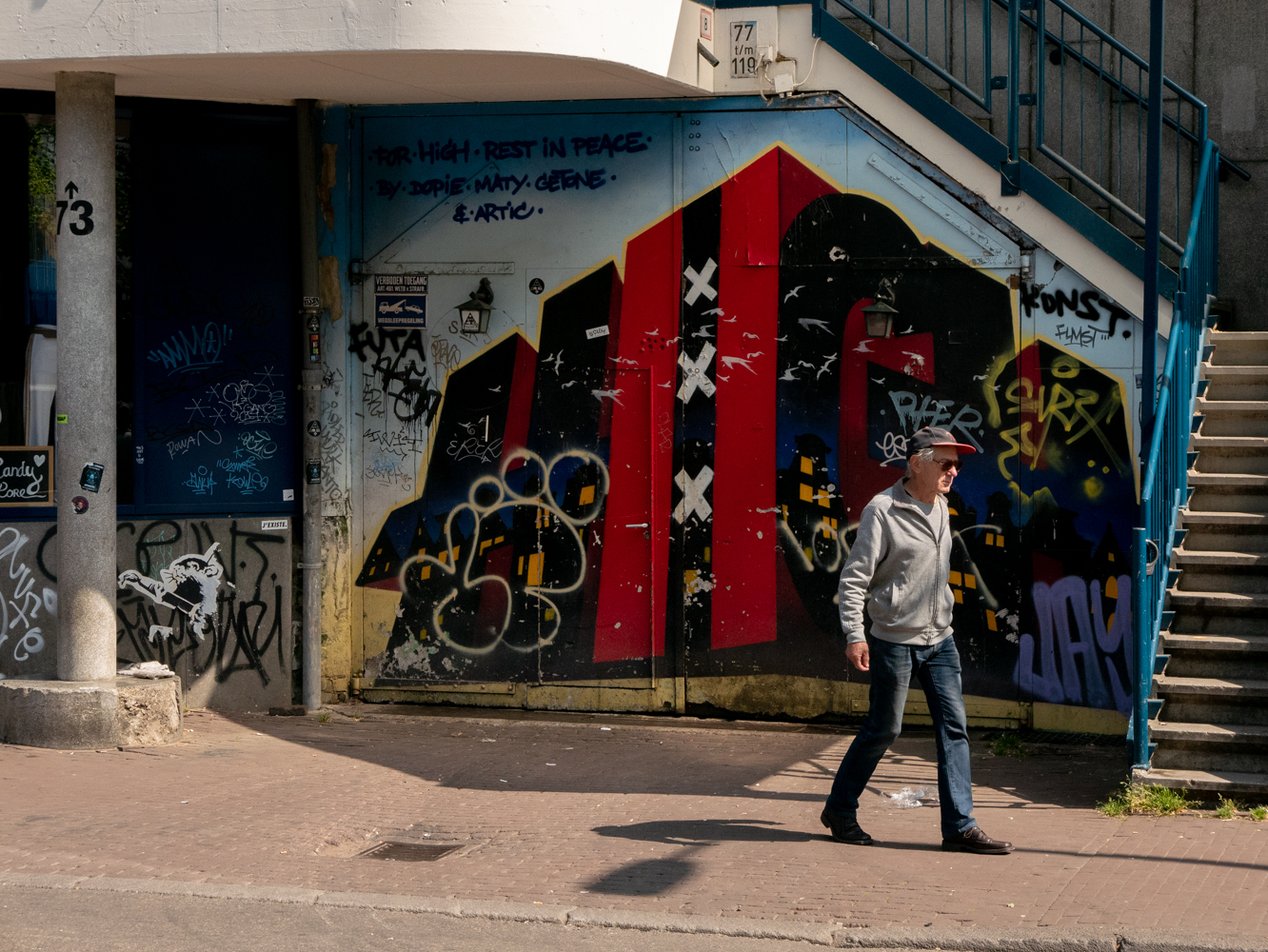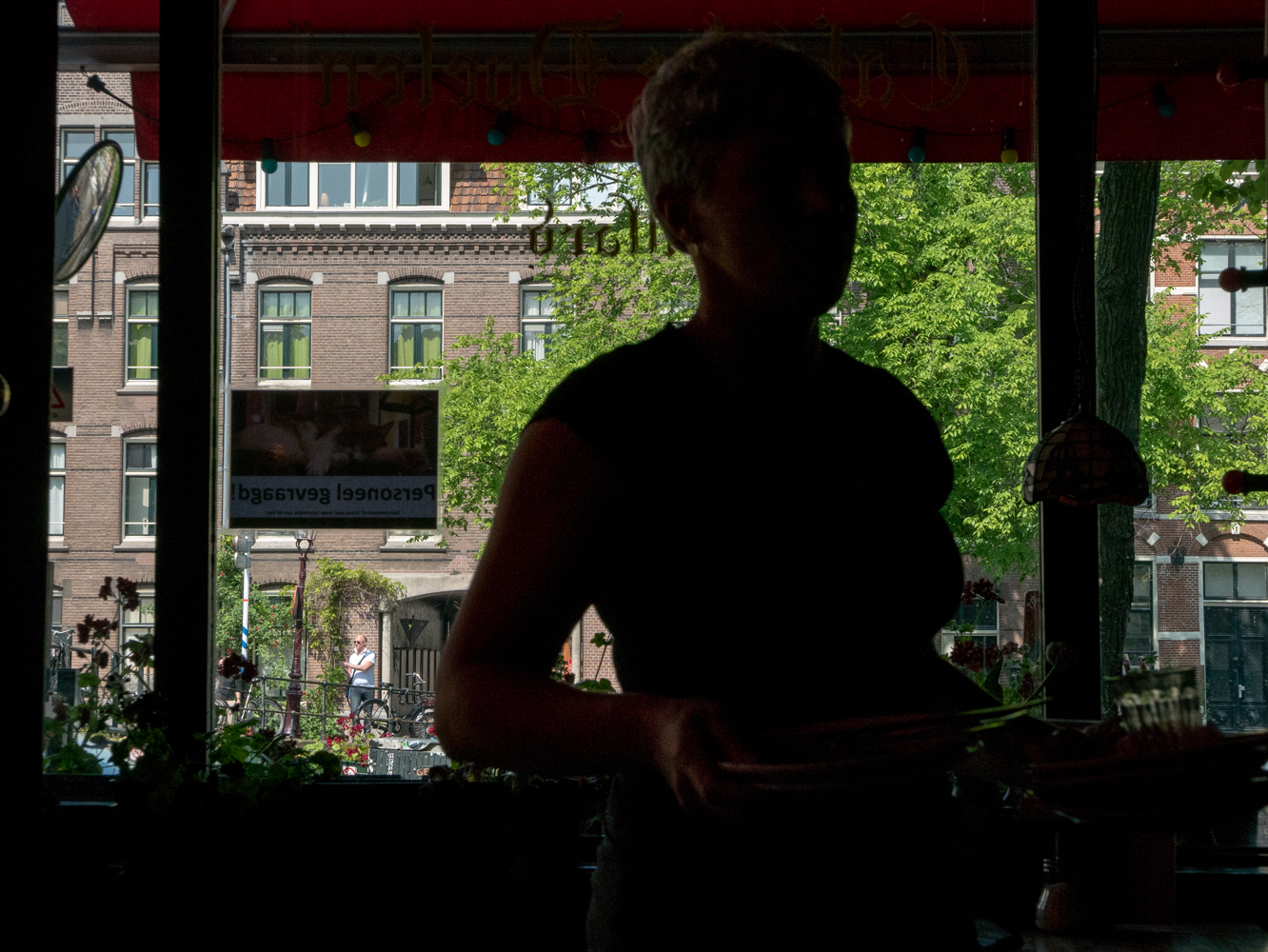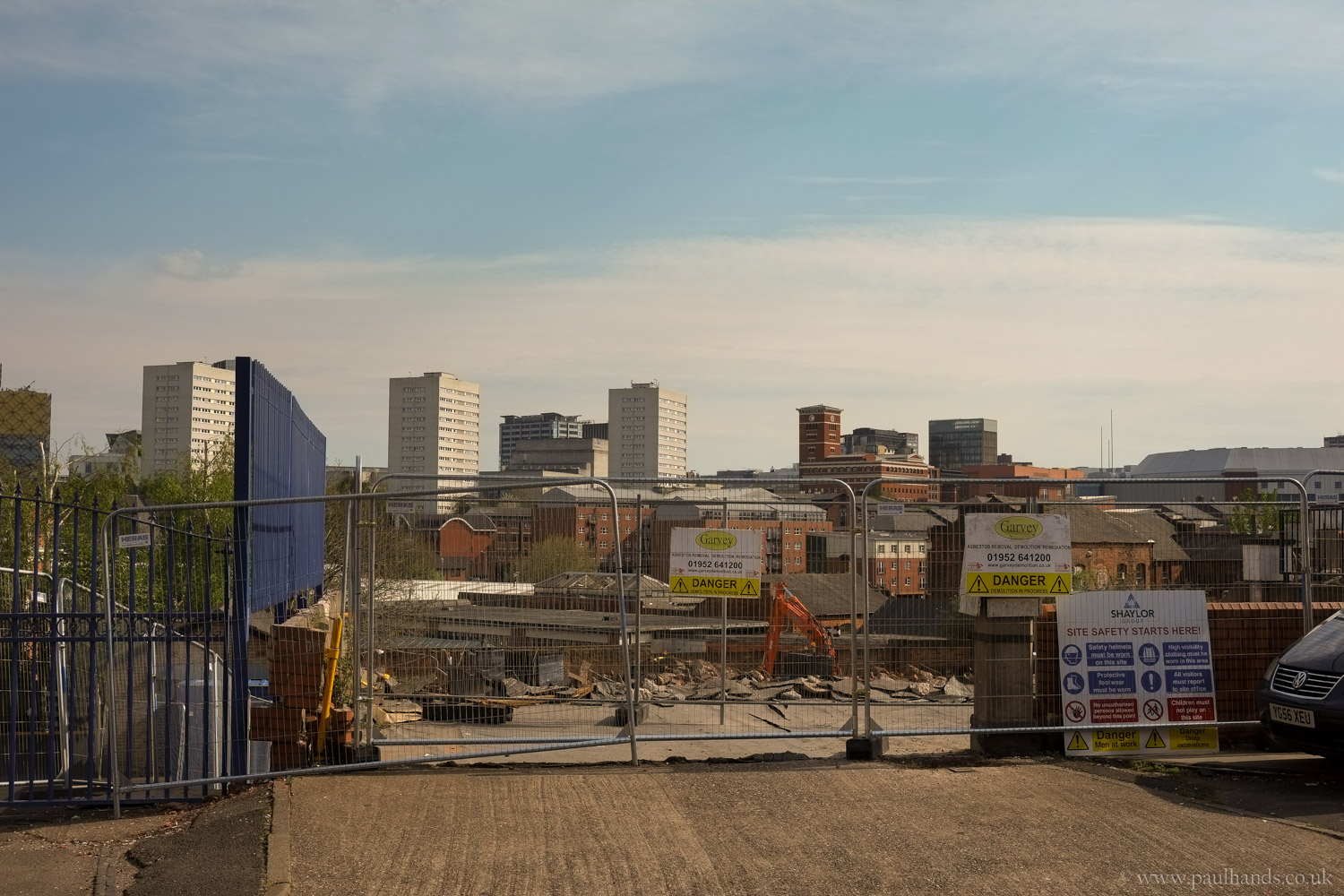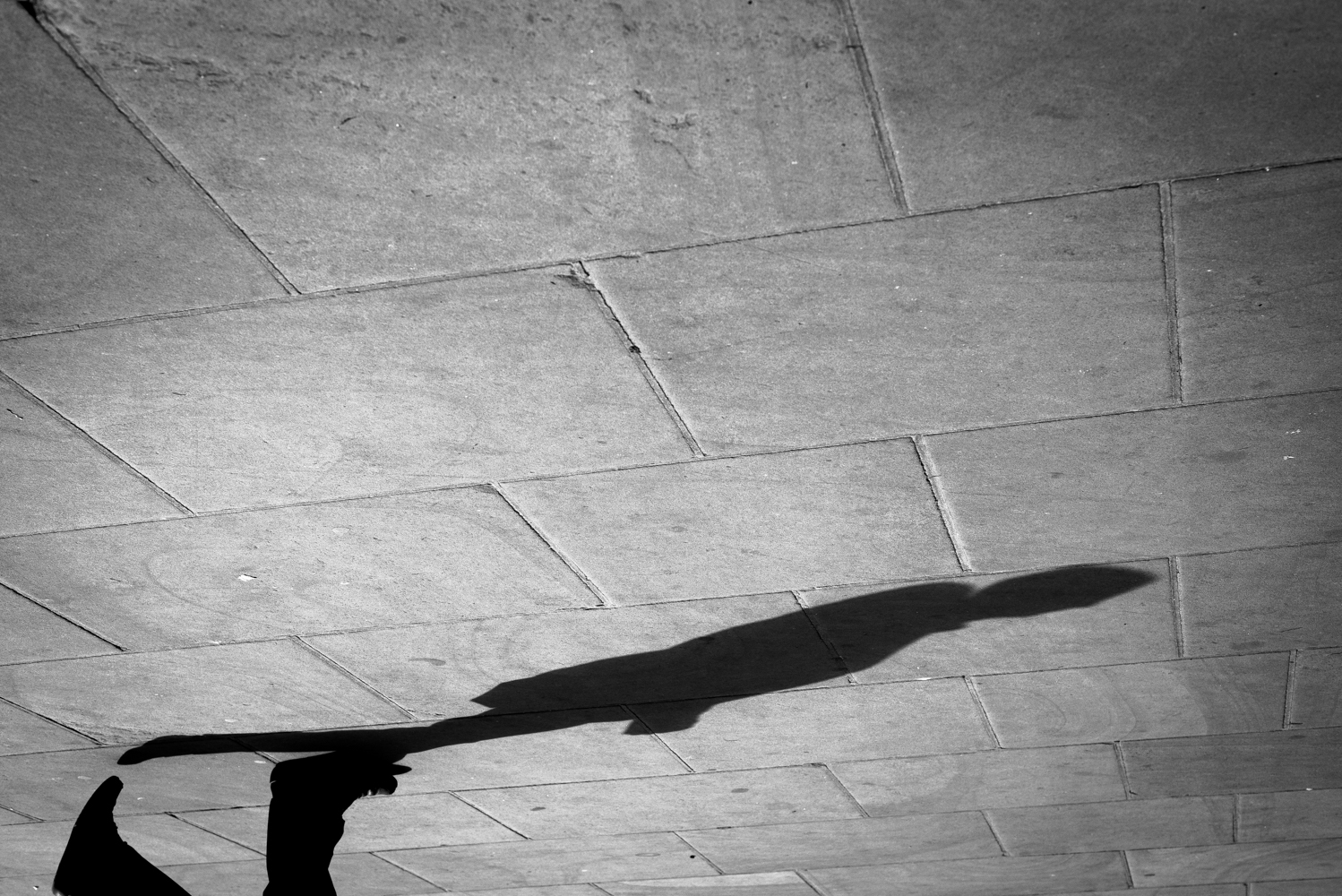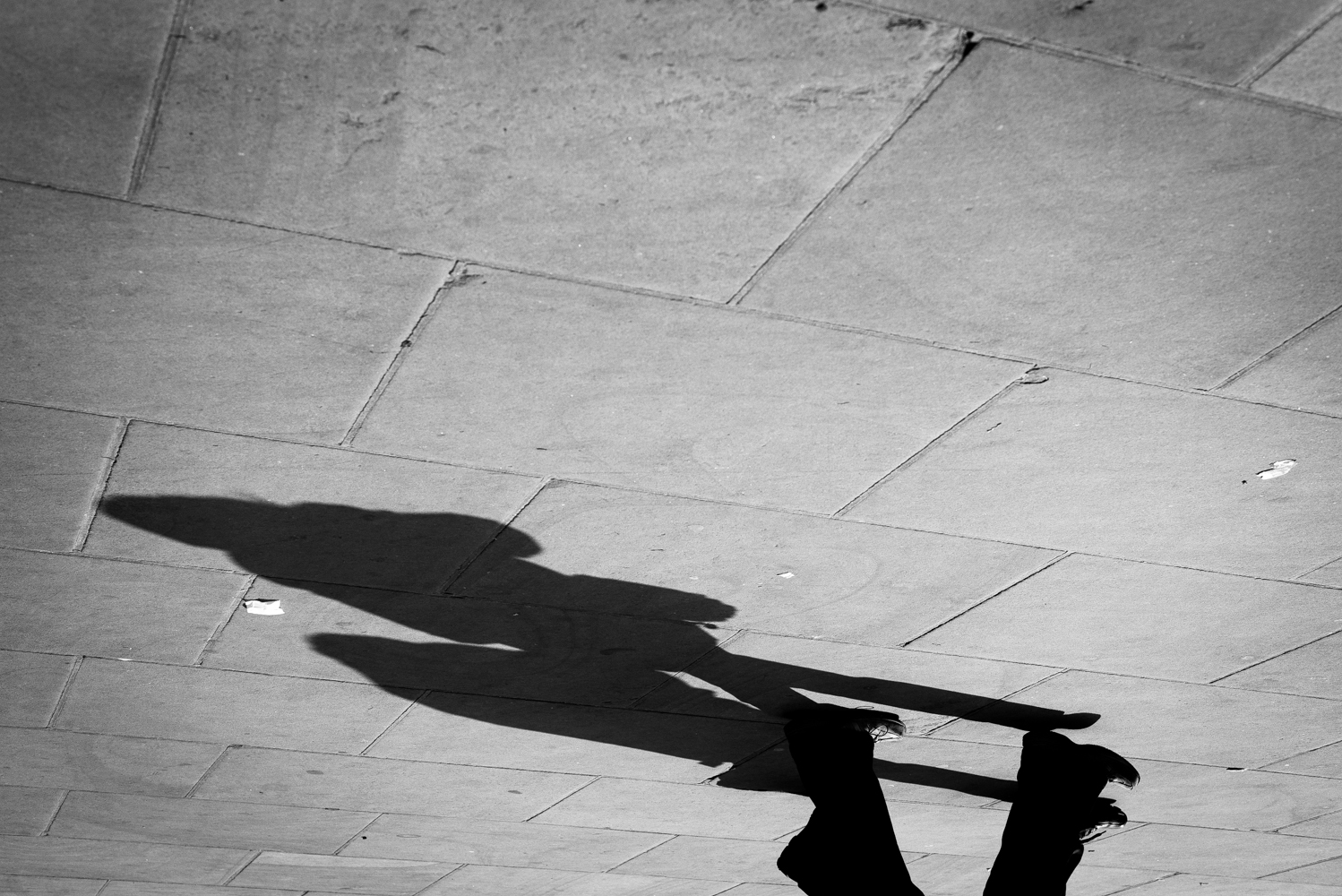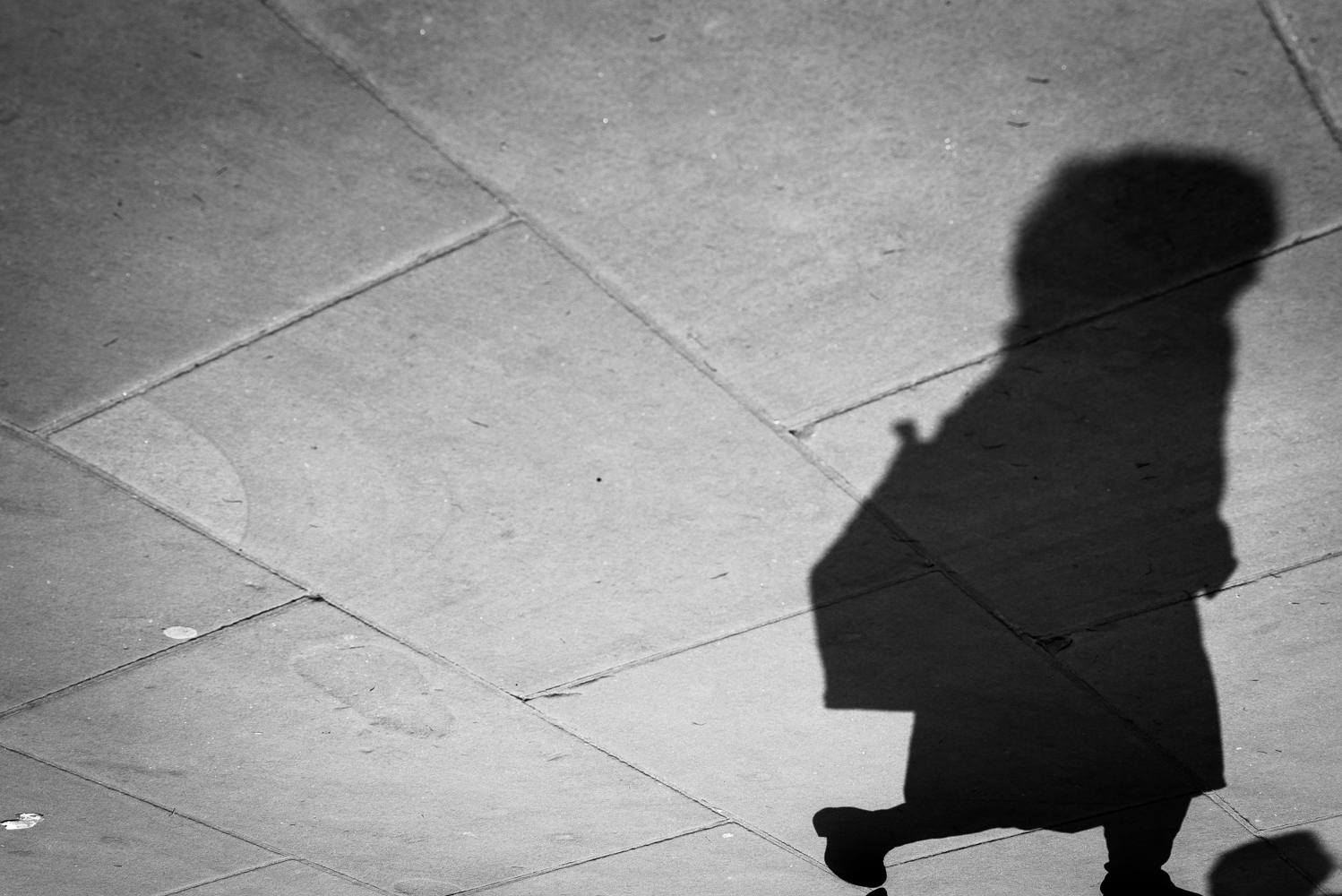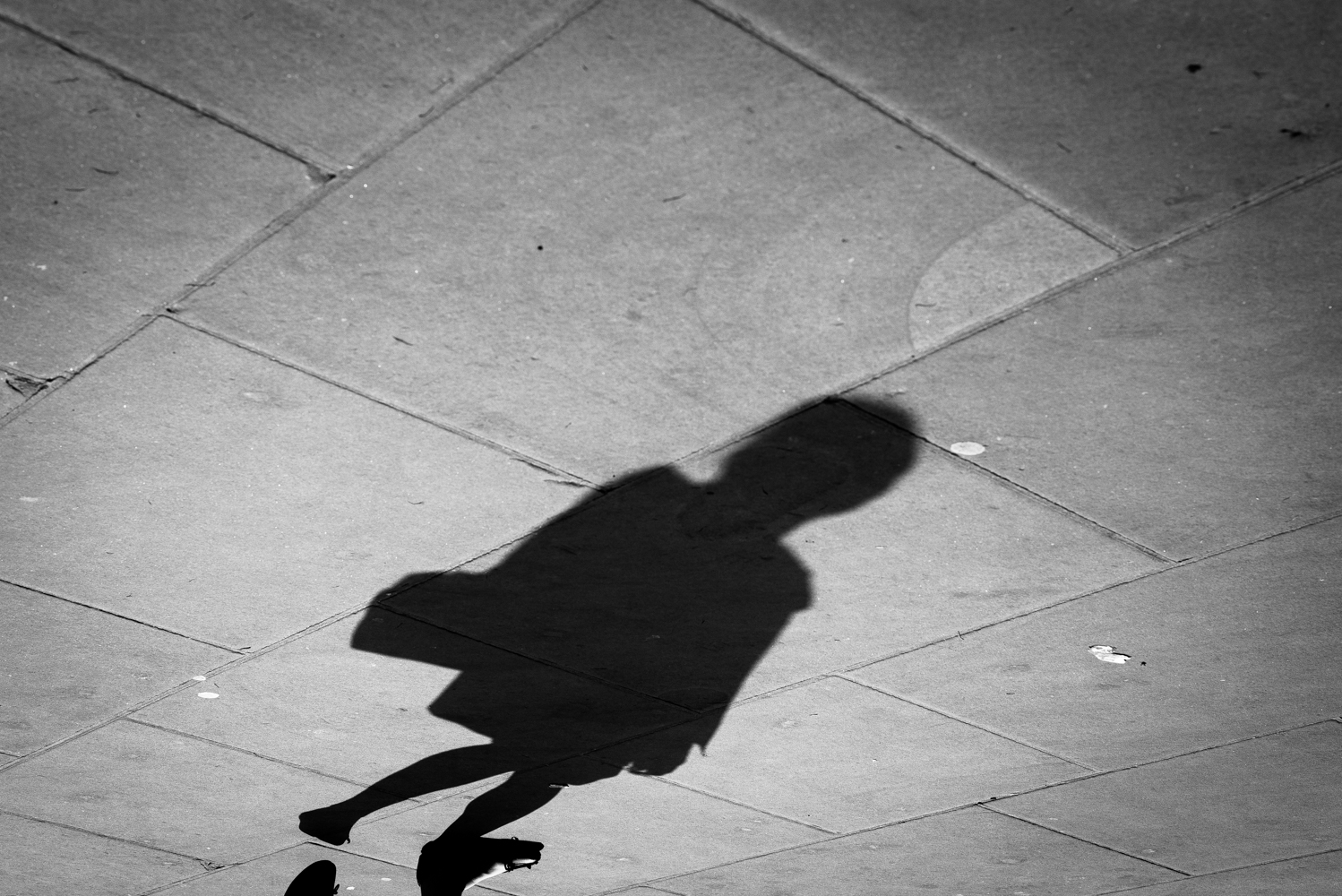Now’s your chance to learn how to shoot street photography in the comfort of a group setting.
Join me and a group of like minded photographers on a unique street photography group workshop on Saturday April 23rd from 12pm - 8pm ish.
Candid Street Photography
Street Photography is notoriously one of and if not the single most difficult genre of photography to do. I mean you’ve got to be out in public, pointing your camera at strangers without them noticing you, so you can get a candid and natural story of life in the street. You’ve got to learn to do this covertly but not in a seedy way and so that you can get the story and not interfere with the image nor the peoples lives of whom you’re shooting.
I will show you how to do this and it’ll be great fun!
Montemartre, Paris, 2014
Sounds easy right?
I know it isn’t and believe me, I still find it challenging but I have created a large collection of street photographs over the past 12 years of shooting professionally and on this course, I plan to give you as much information to set you on the path to creating some impressive works of art, not just on this session but in the future for when you’re out on your own.
Hemsby, Norfolk
Take this image above as an example, neither of the men are even aware of this photograph to this day! I kept them busy in conversation, while I shot them from the hip.
Nottingham, 2018
The image above was shot by discovering an amazing backdrop and waiting for somebody to pop up in to place and I couldn’t believe my luck when their shadow created this shape, as if they’d head butted the fence to bend the steal!
There’s always an element of luck involved but I’ll show you how to make your own luck!
Birmingham, 2017
You’ve also got to get in to that creative zone in order to see the potential of a scene before it unfolds. I’ll show you how to do that as well and give you ideas that will make you go oooooh! and occasionally aaaaah!
Birmingham 2017
It’s all about shifting your perspective!
So fancy joining me and a group of like minded photographers?
I have just one of these workshops available and there’s only 3 out of the 4 places left.
Spaces are £125pp and absolute value for money, including a technical session in my studio on how to use your camera and set it up for street photography.
We’ll then go and do a live shoot on location in Leicester City Centre before returning back to my studio to do some post production using Adobe Lightroom.
Milton Keynes, 2015
You will get the low down on street photography from start to finish, where you’ll also create at least one work of art, I almost guarantee it!
Get yourself or your loved one booked in asap….
This will be one of the most unique opportunities you will get locally in photography.
